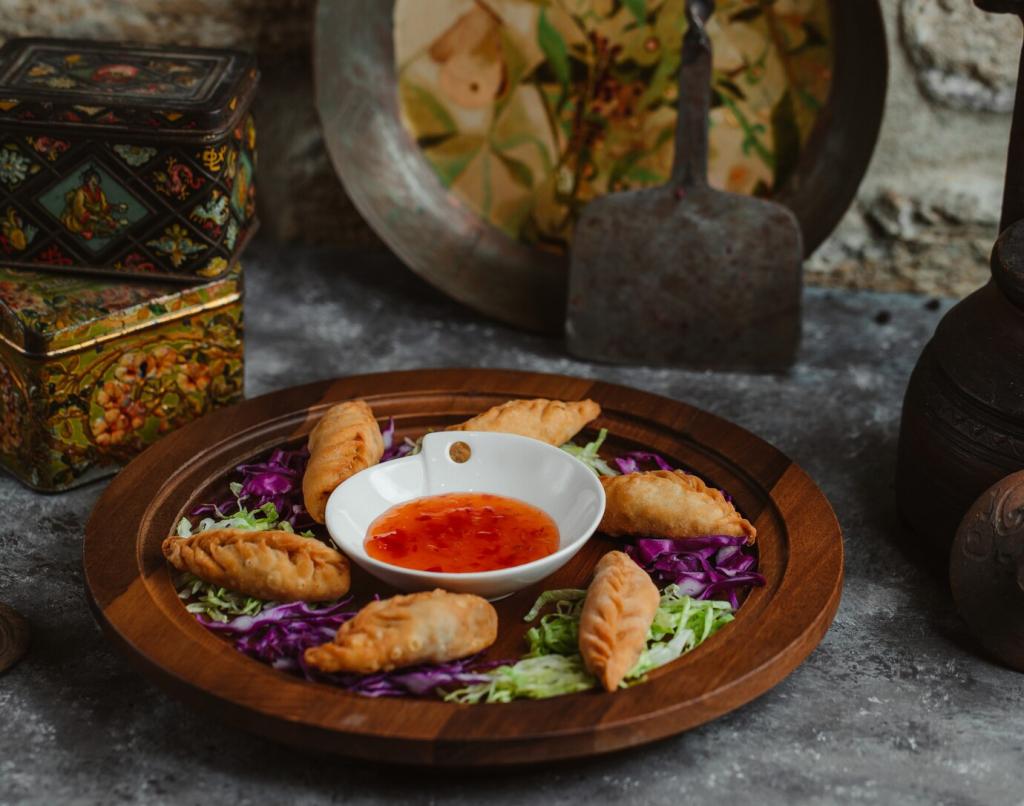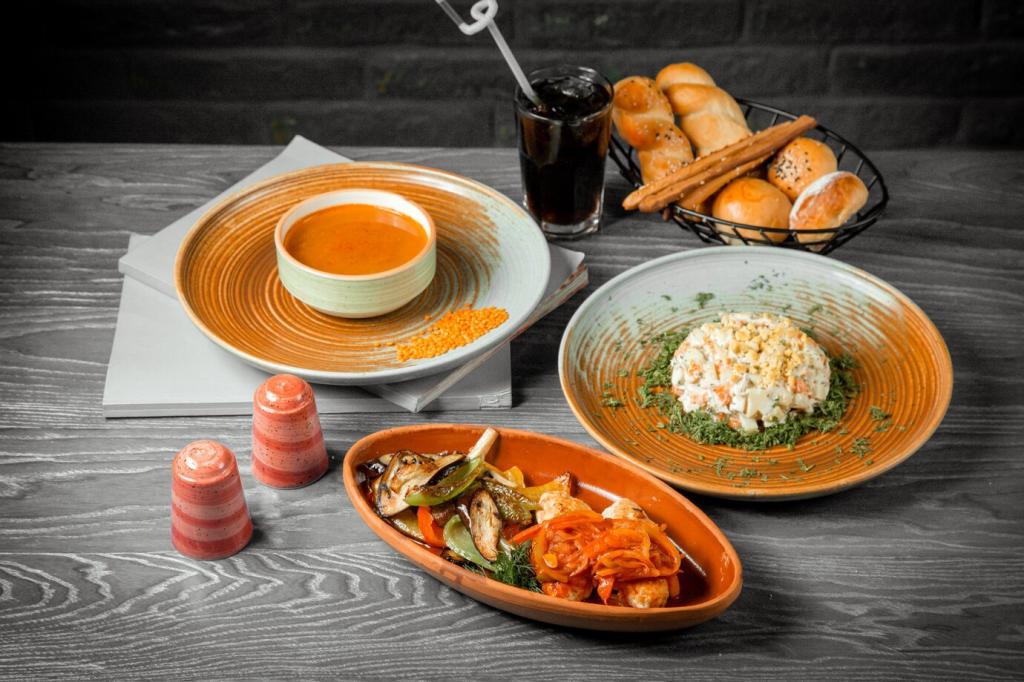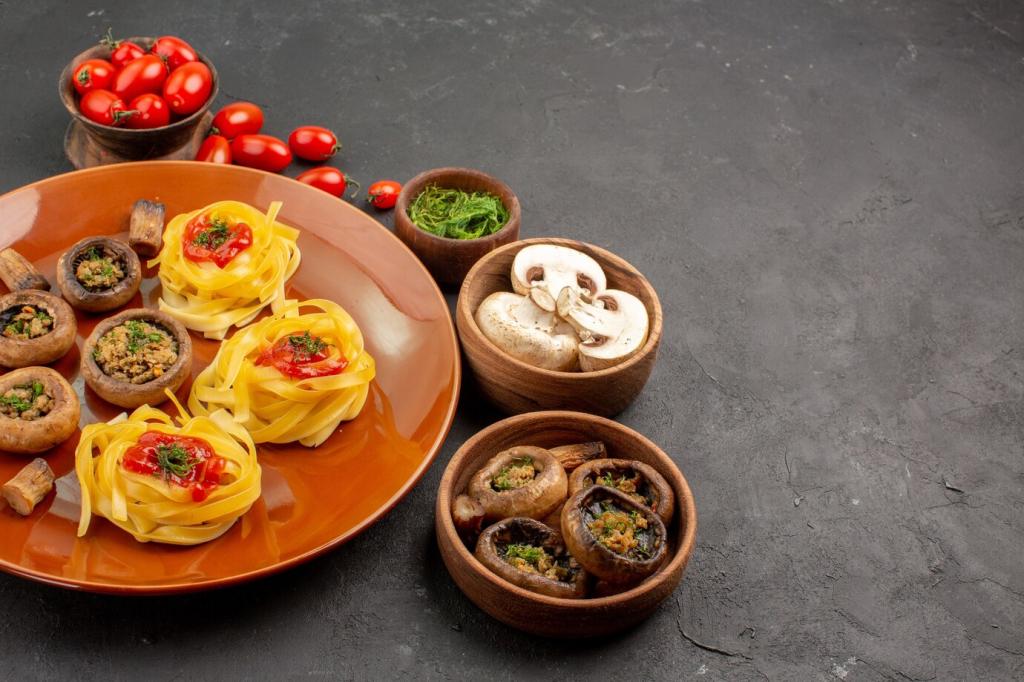What Balance Really Tastes Like
Dashi brings a foundational savoriness from kombu and bonito, while miso adds layered depth. Together, they create a rounded mouthfeel that lingers, inviting slow sips and conversation around the table.
What Balance Really Tastes Like
Miso’s saltiness should never dominate. Proper dilution keeps the broth gentle, allowing tofu, wakame, and scallions to speak. The result is clarity: refreshing, kind, and surprisingly complex.







